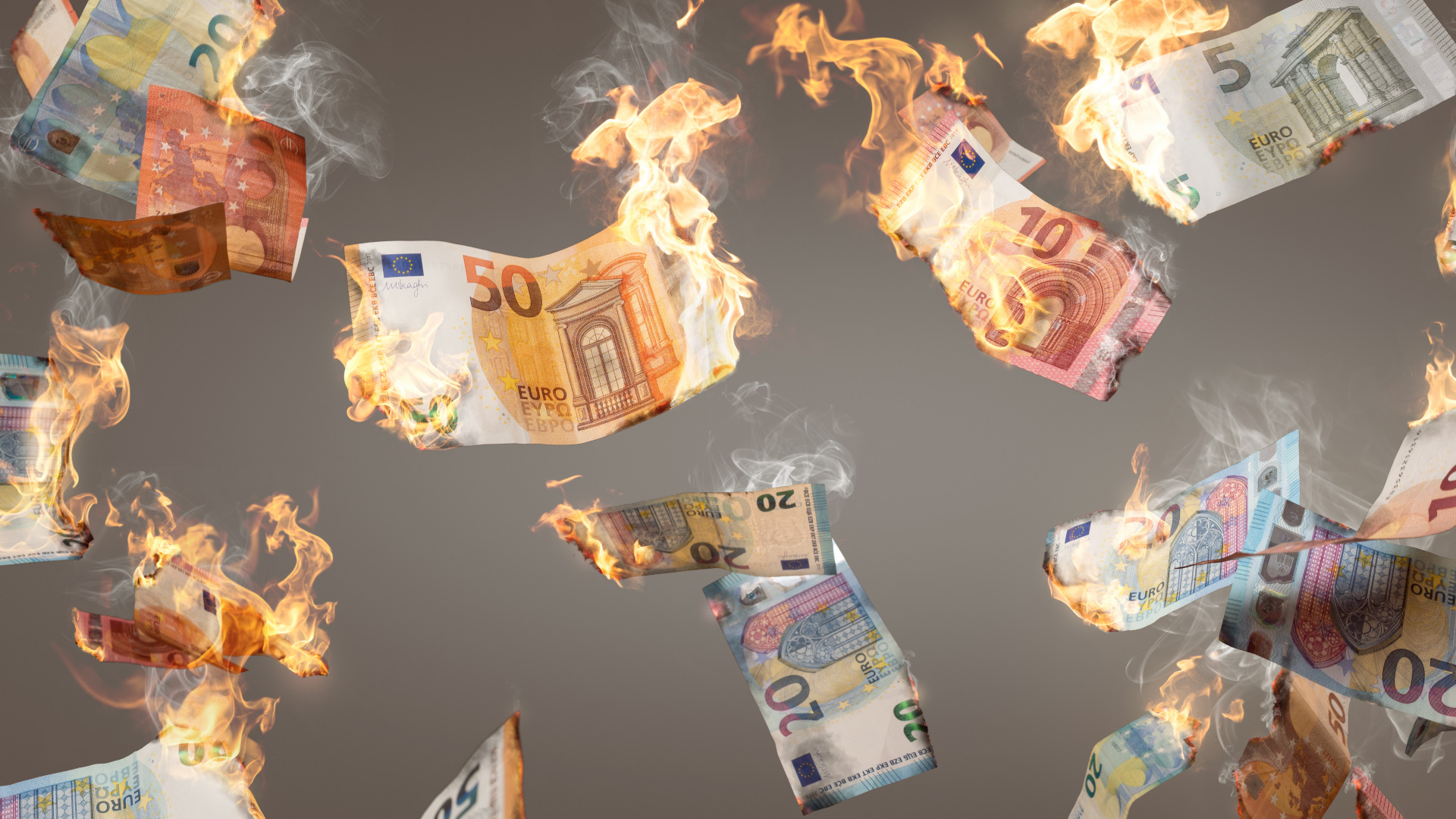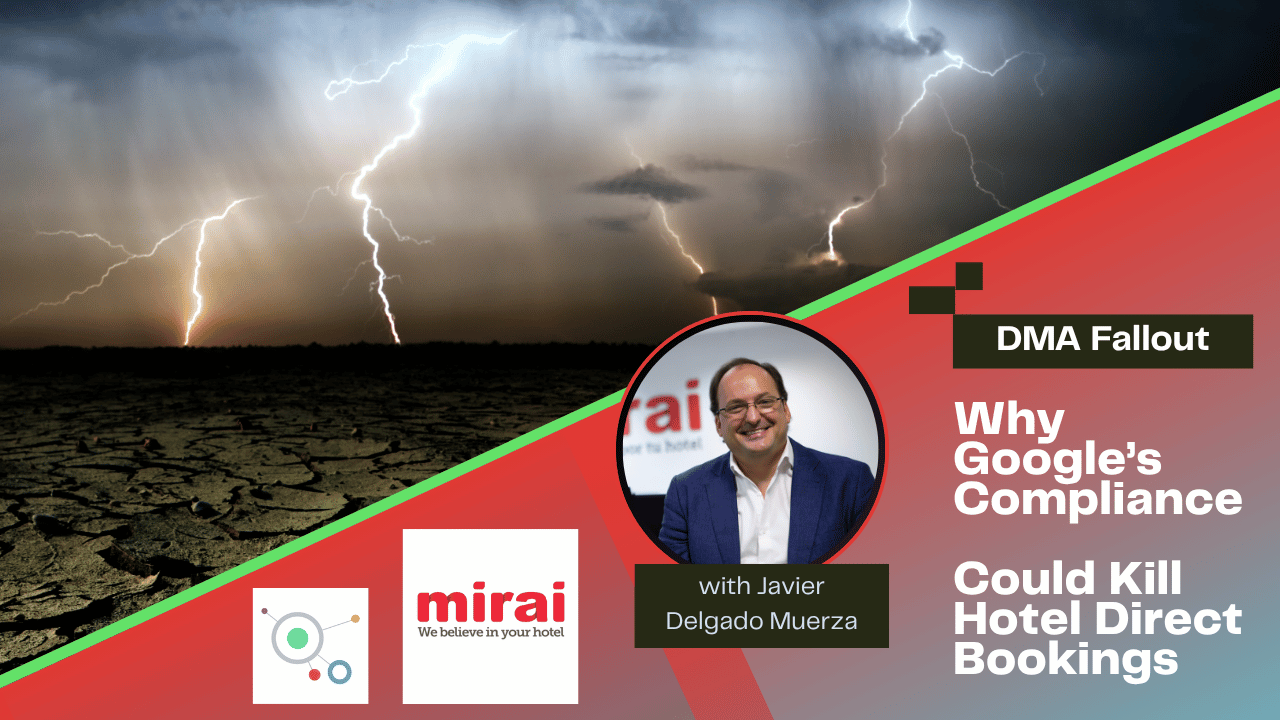
NB: This is an article from Snapshot
As hoteliers we don’t always consider data to be a fundamental tool in our daily operations. We’d rather focus on making our guests happy than crunching numbers. So why does data matter to hotels? Because at the end of the day data is just information. When we look at the right data in the right way, we can not only ensure our guests are having a great stay, but we can optimize revenues, occupancy, and organizational efficiency.
Hotel Big Data
Data is often spoken about in mythical terms: “with good data anything is possible” or “just look to the data for answers.” Data is vitally important to any modern business, but how you look at your data and what you decide to do with it makes all the difference.
Today, any hotel with a website or some OTA or social media presence already has access to amazing quantities of data. Google Analytics can tell you what’s happening on your hotel website. Facebook can help you interact with customers. So the question today becomes: How do you look at your data?
Let’s take a closer look at the different types of data and analytics hotels use every day.
Big Data and Hotels

Though it is one of the biggest buzzwords in technology, big data is a term that is often misunderstood or misused. But when so many different definitions exist, it’s understandable that there’d be some confusion. At the core of it, big data is a large set of data that, through analysis, can reveal trends. When we say large, we mean large. Thousands or millions of data points are common, so this information will almost always come from sources external to your hotel. Good examples of big data are weather, traffic, or social media data. These are giant pools of information that you can sort and filter to find the information relevant to your goals.
Small Data for Hotels

While it doesn’t get mentioned as often as big data, small data is just as valuable. In fact, in the case of hospitality small data is often more valuable to our operational decisions. Small data exists on a more manageable scale, generated by internal resources like your PMS, channel manager, or website. When properly structured (more in the next section), this data becomes actionable information that can make an immediate difference in anything from your ADR to occupancy.
Structured Hotel Data

Once we’ve covered scales of data (big and small), we should take a look at the two ways data is compiled. The first is structured data. Structured data is data that is organized, labeled, or categorized. Think of it as a tag; a streamlined way to filter out the data you want from data that you don’t want. Let’s take a look at reservations, for example. When the front desk adds a new reservation in your PMS, they add descriptive information on the guest: arrival and departure dates, name, and country. Because this data is sorted, or structured, you can easily filter by dates, for instance, to understand booking trends. Most likely you’re doing this at your hotel already. If so, congrats, you’re a data scientist!
Unstructured Hotel Data

The other way data can be presented is as unstructured data. If structured data is data that is organized, unstructured data is data that is disorganized. Quite often, unstructured data still has the potential to provide us with valuable insight for our hotel operations. The problem with unstructured data is there’s no easy or scalable way to cull the needed insight from the data in its current state. Let’s look at an example. Customer Reviews on TripAdvisor, whether we like them or not, can influence the decision-making process for prospective guests. Yet if we were to try to analyze this data, there’d be a lot of manual effort, with little actionable info. That’s because TripAdvisor customer reviews are not structured to be easily sorted.
Hotel Analytics
So there’s big and small data and it can be both structured and unstructured. But once we have it, how do we understand it? And how do we use that newly-acquired insight to make better decisions for our hotel? This is where analytics comes in.
Descriptive Hotel Analytics

The most common and traditional form of analytics is descriptive analytics. Descriptive analytics is used to describe past trends based on large groups of data. Descriptive analytics is used in everyday hotel operations in things like performance reports or pick up reports.
Predictive Hotel Analytics

The next step beyond descriptive analytics in both scope and complexity is predictive analytics. Predictive analytics uses large groups of data from the past to not only determine past trends, but to determine what may happen in the future. Because predictive analytics is an educated guess, it can never be one hundred percent certain. Still, good predictive analytics can offer valuable insights for your hotel management strategy. A great example of predictive analytics is when you analyze past booking trends to predict next weeks’ occupancy. For those of us in hospitality, we might be more familiar with the term “forecasting,” but it’s really all the same.
Prescriptive Hotel Analytics

The most complex and most recent type of analytics is prescriptive analytics. Prescriptive analytics combines structured and unstructured data (remember those?) with incredibly powerful computation, known in the data science world as “machine learning.” This newly developed technology involves advanced algorhythmic processes that basically predict the future based on past performance (like predictive analytics). Yet prescriptive analytics goes further by factoring in big data like weather, traffic, or even geo-political events. It then offers possible actions based on this data.
Prescriptive analytics may very well be the future of hotel analytics. In fact, some advanced revenue management systems are already headed in this direction.
Click to download the Hotel Data Cheat Sheet
Read more articles from Snapshot




